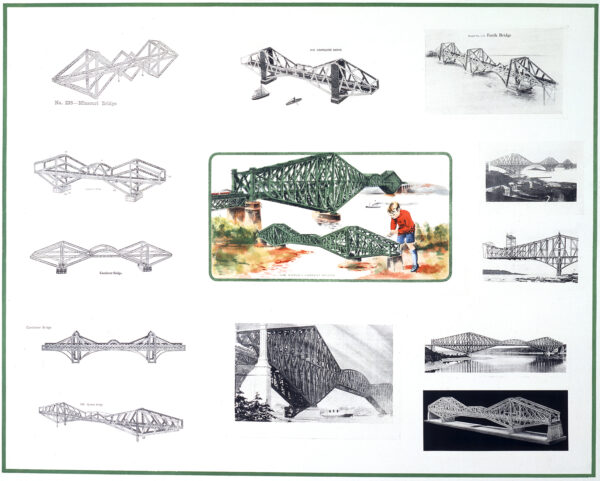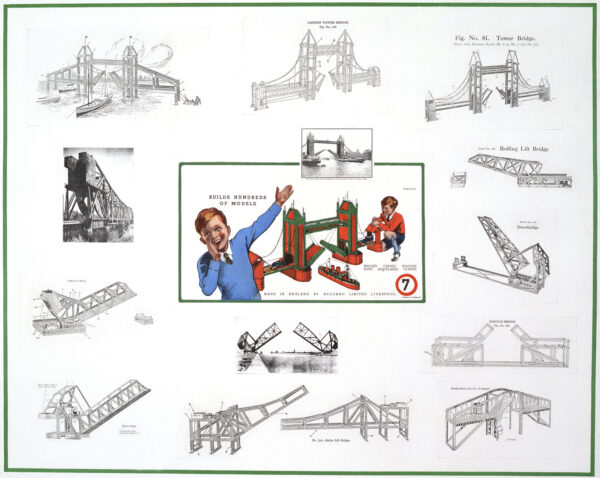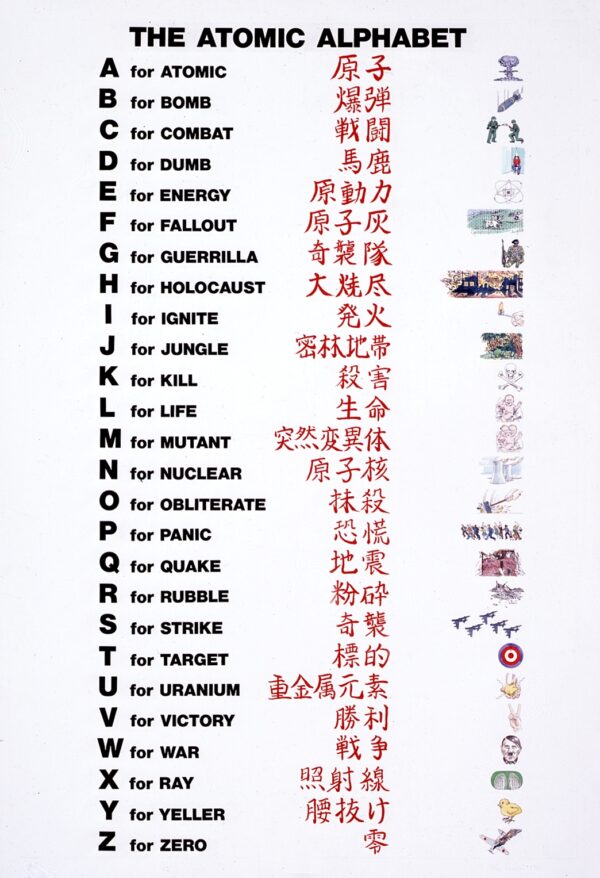Chris Burden was born in 1946 in Boston, Massachusetts. He attended Pomona College, near Los Angeles to study physics and architecture, but gravitated toward art. He graduated with a B.A. and went on to the University of California, Irvine, where he received his M.F.A. in 1971. During the 1970s, he was primarily a performance artist.
Some of Burden’s early actions included being shot in the arm (Shoot, 1971), crawling naked on broken glass (TV Ad, 1973), and crucifying himself on a Volkswagen (Trans-Fixed, 1974). Fred Hoffman, curator and lecturer at the University of California, Los Angeles, described his action art as “a sometimes violent confrontation of the banal and the extreme, enacted here through the eruption of a radical experience of physical threat into an environment of repressive suburban domesticity.” In 1974 Burden exhibited photographs documenting his performances at the Ronald Feldman Gallery, New York. By 1977, he had performed in over twenty cities throughout America and Europe. In addition, he received four grants from the National Endowment of the Arts between 1974 and 1983.
Burden received a John Simon Guggenheim Memorial Foundation Fellowship in 1978 and also began teaching at the University of California, Los Angeles. While teaching, he shifted his interest from performance to material art. His first non-performance installations, The Reason for the Neutron Bomb and The Big Wheel, were both exhibited in the Ronald Feldman Gallery in 1979. Political and social themes are the key to his early sculptures. His first major retrospective, Chris Burden: A Twenty Year Survey, was held at the Newport Harbor Art Museum in 1988.
Since the 1990s, Burden used his work to examine architectural and cultural changes resulting from industrialization. After locating original Meccano and Erector parts, he made structures that combined toys with professional design. He built a series of bridges from historical and original diagrams and assembled a 65-foot skyscraper (What My Dad Gave Me, 2008) in front of the Rockefeller Center in New York City. The following year he received the Distinguished Artist Award for Lifetime Achievement from the College Art Association. Hoffman says of Burden: “Combining the planning of an inventor with the inspiration of dreams, Burden seeks to realize in constructed forms the intangibles of imagination and empathy, the fantastical and the socially engaged.” In 2012, the piece Metropolis II, is installed in the Los Angeles County Museum of Art. This “portrait of LA” is a highway system of 100,000 circulating miniature cars assembled into a landscape of wood, Lego, and Lincoln Log buildings.
Burden lived and worked in Topanga, California. He performed and exhibited his work in museums world-wide including the Tate Gallery, London; de Appel, Amsterdam; Centre Georges Pompidou, Paris; The 48th Venice Biennale, Venice; the MAK-Austrian Museum of Applied Arts, Vienna; The Baltic Centre, Newcastle, England; The Museum of Contemporary Art, Los Angeles; the Whitney Museum of American Art Biennial, New York; and the Museum of Conceptual Art, San Francisco, which gave him his first one-person exhibition. Chris Burden died in the spring of 2015 at his home in Topanga Canyon. His estate is represented by the Gagosian Gallery, New York.
-Courtney Sennish, Crown Point Press
A CATALOG





